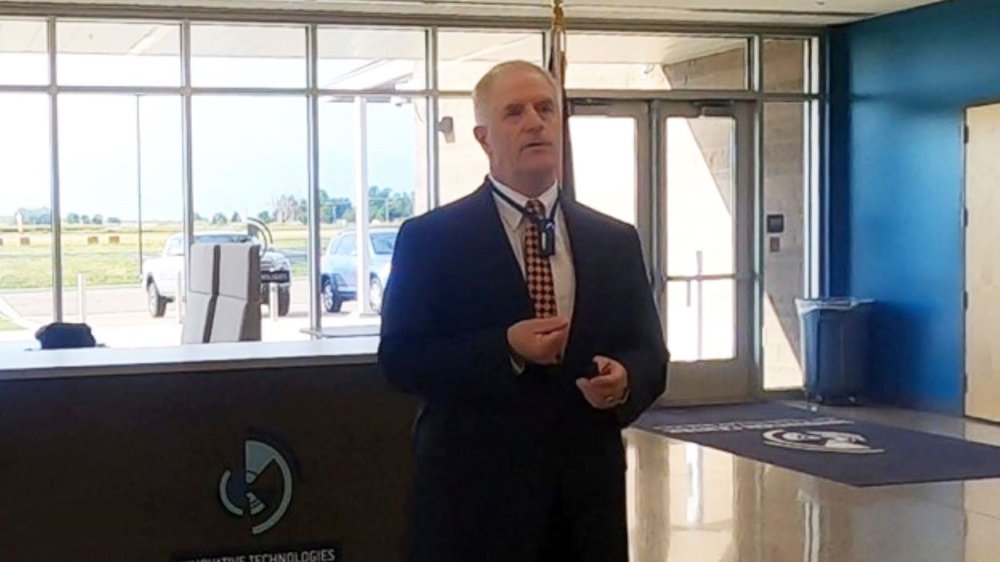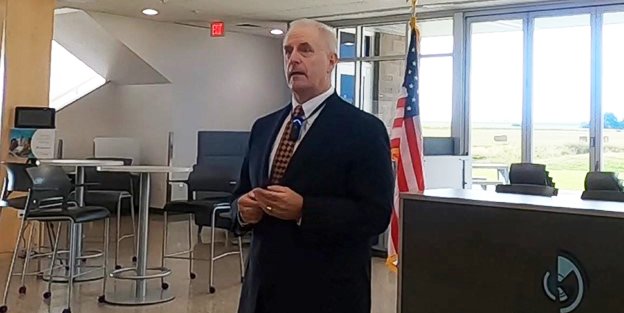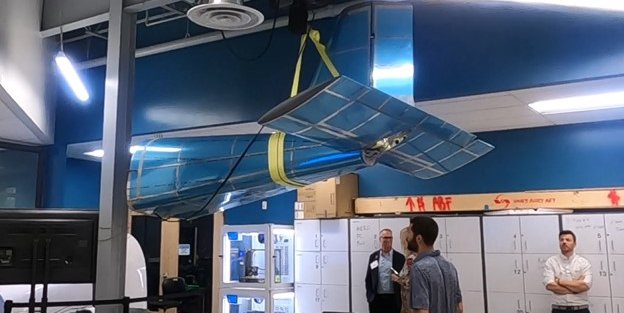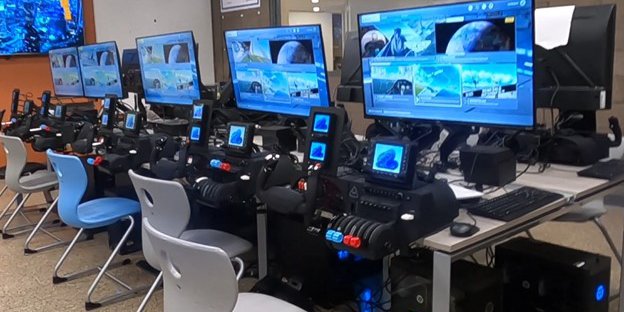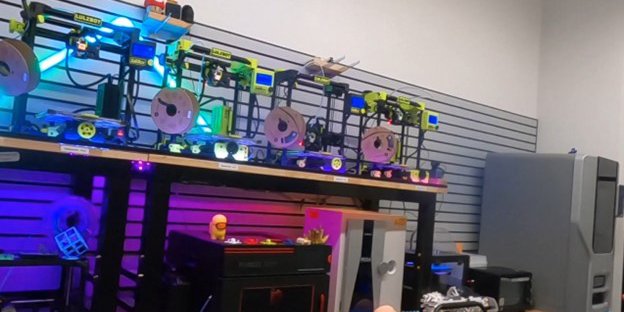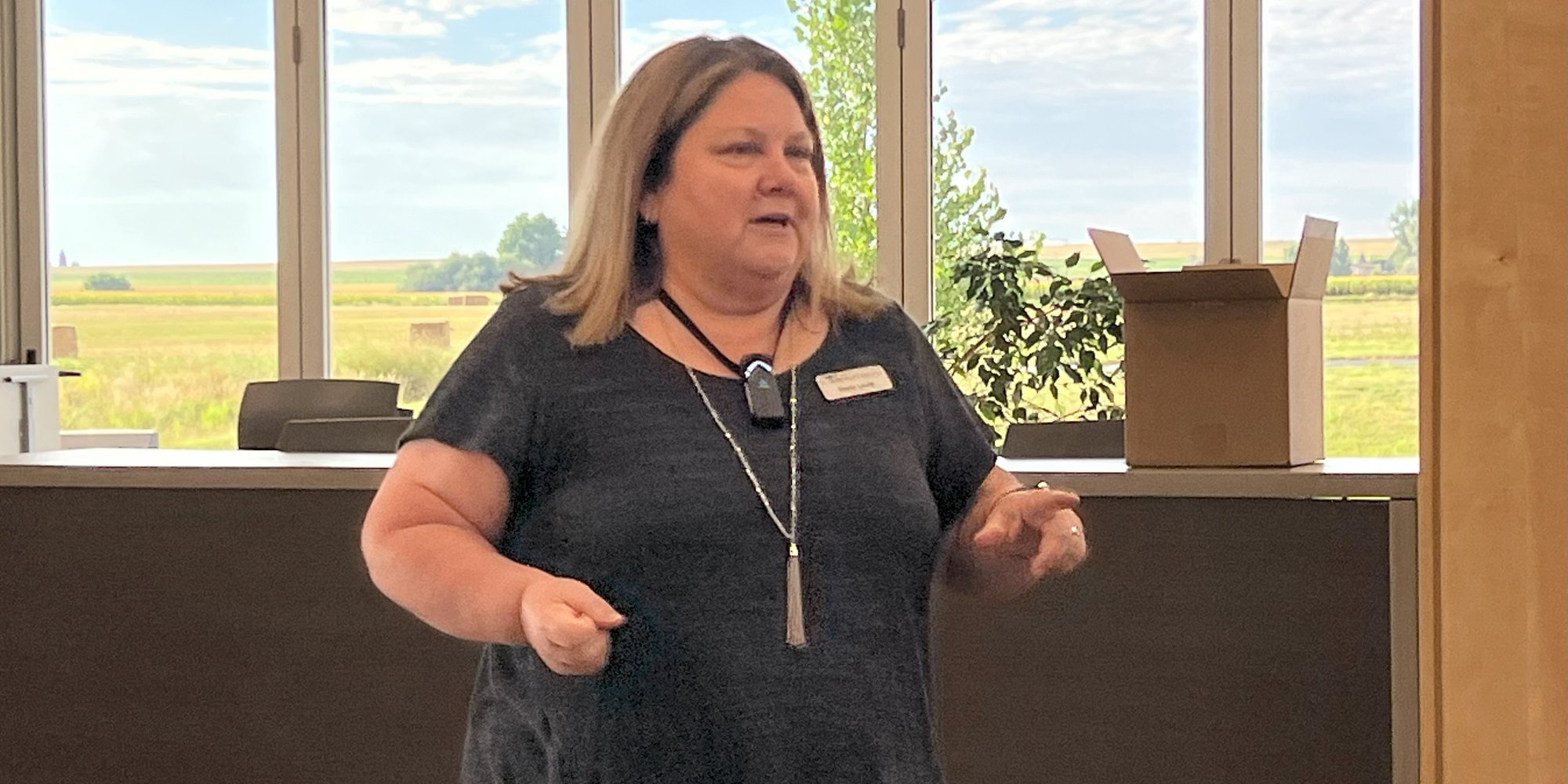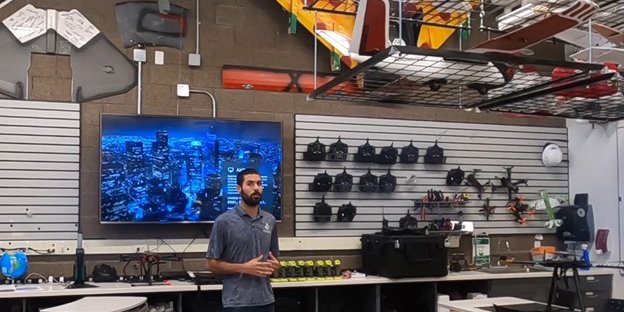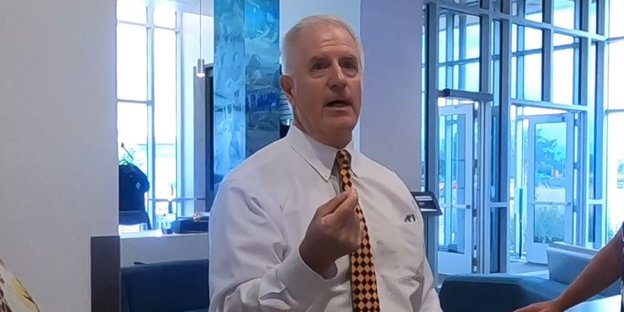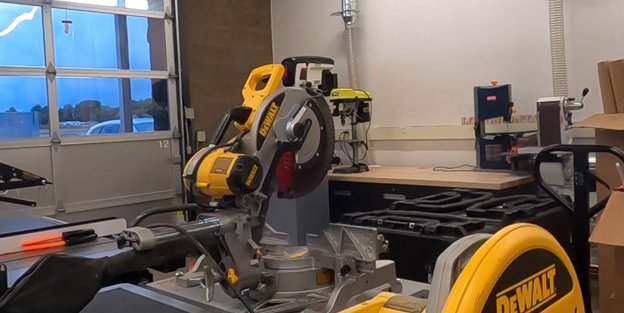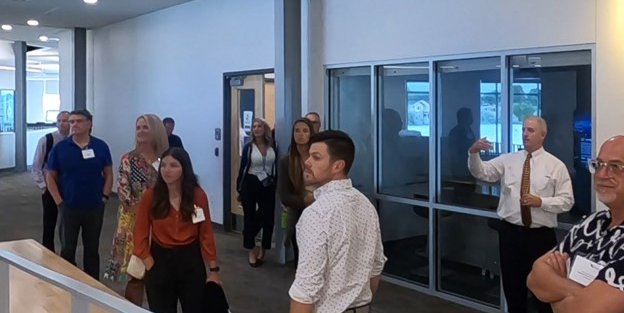Our present time of teacher shortage, absenteeism, learning loss and more are extremely tough on leaders in schools and districts. Getting a strategy and tactics right while continuing to roll with ever more changes in local culture, the economy, and technology is hard. It takes really smart people. It takes an extreme dedication and a robust energy. It takes curiosity and a certain unsettled feeling with anything status quo.
St. Vrain Valley Schools in Longmont, Colorado is the pinnacle of American school innovation. There, it’s been said. It will be hard for anyone anywhere to question since Learning Counsel’s national survey is simply the largest in the nation and extremely few teams travel to as many cities or hear from the sheer numbers of education’s leaders that our teams do. The gauntlet has been thrown down.
Last September 14th, Learning Counsel was hosted at their Innovation Center for our Symposium event with many school and district leaders also in attendance. We learned a lot more than just what an awesome facility and vision they have by listening and getting a private tour. Like their tagline says, St. Vrain is “Academic excellence by design.” The “by design” part is novel and also deeply meaningful from a number of angles known to be the practices of St. Vrain. It is actual strategy and tactical execution coordinated across the institution, not something to say. Such depth of implementation is not what is found in many other schools and districts, which still tend to bureaucratic siloed programs buttered over the top with lofty statements of goals but lacking in the more, shall we say, military-like precision of a true strategy. It is for t his reason St. Vrain is a pinnacle.
Keynoting and kicking off the day were two of St. Vrain’s esteemed leaders, Kahle Charles, Assistant Superintendent of Assessment, Curriculum and Instruction, and Dr. Diane Lauer, Chief Academic Officer.
Charles led with passing out a very fine glossy print booklet, saying “Public education is really about the future of America. You can see that we believe that in our guiding document, and it is not a document that is hidden away on the web site or written and then pushed out of mind. It is something that we believe in.” You can see this booklet here in a web version.
Charles continued by pointing out that at the bottom of a graphic pyramid about their strategic priorities in their booklet, which has Student Achievement and Global Success at the top, that “The foundations for making it all happen is strong district finances, and a high functioning school board. Those of you who are in school or work with school districts will know if you don't have a high-functioning school board that is committed to the education of students, then it’s supportive. They ask great questions, hold us accountable.”
Charles also pointed out that “There are parts of St. Vrain that are run like a business. And since I've been here longer than just about everybody, I can admit that back in 2002, we had a disaster. Dr. Don Haddad was not the Superintendent yet, and I wasn't even here yet as a principal, but St. Vrain had a really bad financial time. It was embarrassing. And when Don took over, he was committed towards building a strong financial foundation for our district. And I can say with confidence today that it's happened, it's happened through a lot of processes, which I can talk about later.”
“Dr. Haddad believes in the power of public education and really is about advancing our nation. He has been instrumental in our school board and changing the narrative around public education so much. As one story, when I first became a principal, I was on the defense. For example, I didn't want to be in the (news)paper because that meant something was wrong. There was some story that's going be very disparaging towards me or my school. So I intentionally stayed out of the paper. Don changed that narrative. He really wanted us to be able to tell our story how we are good guys, we are good in public education. We want our students, when our students graduate, to have that competitive advantage so they can compete in a global marketplace. One of the questions that we ask ourselves is: are we driving innovation or are we reacting to it? We've been dealing with the pandemic and a lot of the things that were (just) reaction to. For us, innovation means seeing into the future and looking around the corner and being mindful of what is it that we have to iterate?
What is it, what are the solutions that we're seeking? What are the problems that we're trying to solve? And how are we doing that well in advance? Before the pandemic hit, we have been thinking about ways to provide more education, not less to students. Many school districts around us moving to a four day, providing less access to students when we believe and we take a look at the globalized world around us, that they're providing more access. So well before the pandemic, we were extending our year for our students in a program called Project Launch. And that innovation helped us so that now we're seeing student achievement results that are actually better than before the pandemic, because we had that innovation in place when the time came for a crisis, we already had a model that was worthy and effective, and we knew it was going to truly accelerate student achievement, and (create a sort of) dynamic stability. So on one hand, if you're driving change and looking for opportunities to innovate, in what ways are you systematically creating stability? We know that change losses now can seem rapid, fast. We have a term here in St. Vrain and we call it ‘foundation innovation.’ We need to maintain a solid foundation upon which to operate, whether it's our academic standards, whether it's our beliefs and value systems, whether it's how we are engaging, whether families and students, everything in our community, we have to identify what it is that we want to keep. And that's where we embrace change and making our opportunities better, our systems stronger. And then we also have to think about what are those things strategically that we may need to get rid of, that we may need to abandon. And that tension between the dynamic stability of what we're going to keep and how we're going to innovate is part of the fabric of our system,” said Charles.
Dr. Diane Lauer, Chief Academic Officer, said, “One of our questions is around testing and accountability and competency-based learning and experiences and internships and post-secondary access. We know that our students need to have a strong competitive advantage, and that doesn't always look necessarily like doing really well on standardized test, but we straddle these worlds. And so we have to be able to ensure that our students have that strong academic foundation while we are providing them with the rich competitive advantage so that they can be seeking and excelling in their future with a designer's mindset. When we are thinking about how we are instructing our students, we first began harnessing design thinking for students -- how we wanted students to engage in problem solution processes. That wasn't until we were able to utilize this approach for our own work as educators, which was kind of like an aha moment. Still, to this day, if we're running committees or task forces or things like that, we keep asking periodically if we could be falling into the trap of groupthink.”
“There (also has to be) synergy to partnerships. I have to tell you, in 2008 when I became a director of curriculum and instruction from my teacher's standpoint, the partnerships I had were with teachers and families and community members. It was my first opportunity to meet with businesses and my mind exploded. I didn't think of partnerships the way I think about partnerships now and the ability to learn from and with people. Whether it's our university partners, our industry partners, our family and business and nonprofits,” said Lauer.
“Next, I wanted to share an opportunity of an innovation that we started five years ago. We've all heard about the teacher shortage. And I'll tell you this, innovation did not stem from the teacher shortage, but we're certainly happy to have it now. It's called PTE here in the St Vrain, Pathways to Teaching. It was part of our expansion to give all our students a strong competitive advantage. And I have to tell you, I was a little bit embarrassed. When you are visiting our school district or you talk to us name a career pathway we've got, whether it's energy and engineering or biomedicine or you know, STEM of any kind. But we didn't have Education! We did not have an education pathway in our school district. And that was kind of surprising as the seventh largest school district in the state of Colorado. And knowing that this year alone we hired 238 teachers, this is an incredible industry that we need to absolutely be mindful and intentional about how we are bringing forward that next generation,” said Lauer.
Charles also mentioned that, “We're almost 97% average daily attendance rate for 33,000 students. That says something about engagement in our school district. We believe everybody contributes, our whole system.”

